This article was co-authored by Laura Marusinec, MD. Dr. Marusinec is a board certified Pediatrician at the Children's Hospital of Wisconsin, where she is on the Clinical Practice Council. She received her M.D. from the Medical College of Wisconsin School of Medicine in 1995 and completed her residency at the Medical College of Wisconsin in Pediatrics in 1998. She is a member of the American Medical Writers Association and the Society for Pediatric Urgent Care.
This article has been viewed 19,002 times.
Traveling with a child with ADHD can be a challenge, especially if the child will be limited to the backseat of a car or the seat of an airplane. You can make travel easier for a child with ADHD as well as for you and your fellow travellers, by taking certain steps to prepare the child for travel. You should then make sure you keep the child occupied while traveling and address any issues during the trip with calmness and grace.
Steps
Preparing the Child for Travel
-
1Tell the child where they are going and why. Children with ADHD can be overwhelmed by sudden changes or shifts in their routine. To prepare the child for the trip, you should let them know where they are going and why they are traveling. You may sit down with them and have a discussion about where they are going to stay and who they are going to visit. This way, they are aware of what is going to happen.[1]
- For example, you may tell the child, “We are going to visit Aunt Bev in Florida for one week. We are going to stay with Aunt Bev in her house in Tampa. While we’re in Tampa, we’re going to drive to Disney World for a few days and have fun as a family.”
-
2Ask them for input on the trip. You should include the child in the trip planning so they can feel useful and part of the experience. You may ask them what they think about the plan for the trip and if they would like to see anything specific on the trip. Discuss their ideas and try to put one or two of them in the schedule so they feel included.[2]
- For example, the child may ask if they can go visit a particular location or eat a particular food on the trip. You may then agree to work this activity into the schedule of the trip.
- You may also present the child with several options that they can then choose from. For example, you may tell the child that on one day during the trip, they can try rafting or kayaking. You may then ask the child which one they would prefer to do so they feel they have options.
Advertisement -
3Rehearse calming techniques with the child. You should also prepare the child by practicing calming techniques together in the weeks leading up to the trip. You may do deep breathing exercises together or have a calming session before bed where you do a few relaxing yoga moves.[3]
- You may also encourage your child to use verbal cues to stay calm and relax in new environments. For example, you may teach your child to say “I am calm” or “Relax” when they start to feel overwhelmed or frustrated.
-
4Pack the child's medication. If the child with ADHD takes medication for their condition, you should make sure their medication is packed for the trip. You may also get prescriptions for their medication from their doctor so you have it on hand when you are traveling. This will make it easier for you to get the medication when needed during the trip.
- You should make sure you have enough medication to last the entire duration of the trip. You may use a pill container that is labeled by day and count out the child's medication so they have enough for each day of the trip.
- Make sure to bring the medication in your purse or in a carry-on, not in checked luggage. You don't want to take the chance of lost luggage.
Keeping the Child Occupied During Travel
-
1Bring interactive toys and games. Children with ADHD can find spending too much down time in a car or a plane frustrating and limiting. You can keep the child occupied by bringing interactive toys and games with you and giving them to the child to play with. This can ensure the child is not idle or feels bored during travel.[4]
- You may bring interactive games like puzzles, card games, or maze games. You can also pack interactive plush toys and toys that require the child to use their hands, such as silly putty or gel packs.
-
2Remind the child of the rules and guidelines for travel. You can keep the child on track during travel by reminding them of the rules and guidelines for travel. Do this by gently reminding them to stay calm or focus on their toys if they start to get distracted or agitated. You can also outline the guidelines for traveling if the child starts to get upset.[5]
- For example, if the child starts to get annoyed or bored, you may say, “Focus on this game” or “Let’s play with this puzzle.”
- You can also remind the child of the guidelines for travel by asking, “Is that how we play in the back seat?” or “How do we spend time on the airplane?”
-
3Arrange for some downtime. Having a tight driving schedule or back to back flights may make traveling with your child feel more stressful. To make things easier on yourself and your child, try to arrange for some downtime during your trip.[6]
- If you are driving, you might plan to stop halfway through your drive for a long lunch, or pick a rest stop to take a break at once every two hours.
- If you are flying, then you might plan on a long layover between one of your flights so that you and your child can get something to eat and relax off of the plane for a while.
-
4Look for opportunities for your child to play or get physical activity. It may help your child to work off some energy if you can find a place for them to play while you are traveling, such as a playground at a park or at a fast food restaurant. If this is not possible, then try walking around with the child, such as by walking around the airport between flights.
-
5Let others know about the child’s needs. Do not be ashamed or shy about the child’s needs, especially if you know that with a few small adjustments, the child will be well behaved. Be willing to ask for help from others and get the child the help the need when you are traveling. This could make traveling with the child is less stressful.[7]
- If you are traveling by plane, you may pull a flight attendant aside and let them know the child is ADHD and needs some extra attention. Some airlines have policies where they give a child with ADHD small jobs on the plane to help them stay occupied during the flight.
-
6Accept help, when offered. Though you may feel you need to do everything yourself for the child when traveling, you should be willing to accept help when it is offered. Taking on the responsibility of the child can be a lot for one person and sometimes you need help. You should accept help from your partner, other family members, or even friendly strangers when you need it so you do not burnout or get too frustrated with the child.
- For example, you may accept the help of a friendly stranger sitting next to you and the child on the plane. Or you may ask your partner to assist you with keep the child calm and relaxed when traveling.
Addressing Any Issues During the Trip
-
1Establish a routine once you arrive. Try to integrate routines into the child’s day right away so they feel more comfortable in their new environment. Put routines in place so the child can ease into being on a trip.[8]
- For example, you may prepare breakfast for the child in the morning at the same time every day. Or you may set aside some relaxation time once a day so the child has time to chill out and focus on a relaxing activity.
- You should also have a routine for giving the child their medication. Try to give the child their medication at the same time or times as you would when you are at home. Keep the medication time consistent every day so the child feels comfortable and gets the medication they need.
-
2Do calming exercises if the child acts up. If the child starts to act up on the trip, you should encourage them to do calming exercises. This will help them control their emotions better and be less anxious when they are away from home. You may do the calming exercises with them to support them.[9]
- For example, if the child starts to get upset in the morning, you may sit together and do deep breathing exercises. Or if the child gets distracted or bored while on a planned outing, you may do a few fun yoga moves together to get them to focus and pay attention.
-
3Praise the child when they are well behaved. You should always reinforce positive behavior in the child using praise, especially when they are out of their element and in a new environment. Use verbal praise to let the child know they are behaving well, such as “Good job!” or “You’ve been really great today.”
- You can also reward the child with a special outing on the trip or a satisfying snack to show them that you appreciate their good behavior.
References
- ↑ http://matadornetwork.com/life/6-survival-tips-traveling-adhd-kiddo/
- ↑ http://matadornetwork.com/life/6-survival-tips-traveling-adhd-kiddo/
- ↑ https://www.additudemag.com/calm-down-emotional-adhd-child/
- ↑ http://matadornetwork.com/life/6-survival-tips-traveling-adhd-kiddo/
- ↑ http://matadornetwork.com/life/6-survival-tips-traveling-adhd-kiddo/
- ↑ https://www.additudemag.com/brain-freeze-why-adhders-need-downtime/
- ↑ http://matadornetwork.com/life/6-survival-tips-traveling-adhd-kiddo/
- ↑ http://www.healthcentral.com/adhd/c/8689/153296/vacation-adhd-staying/
- ↑ http://www.healthcentral.com/adhd/c/8689/153296/vacation-adhd-staying/
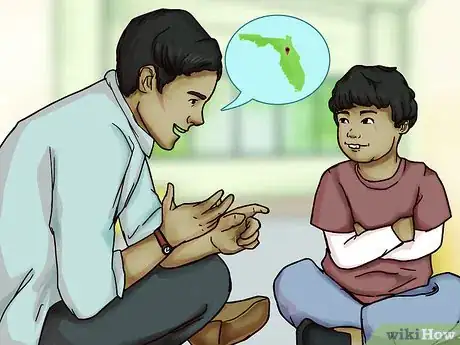



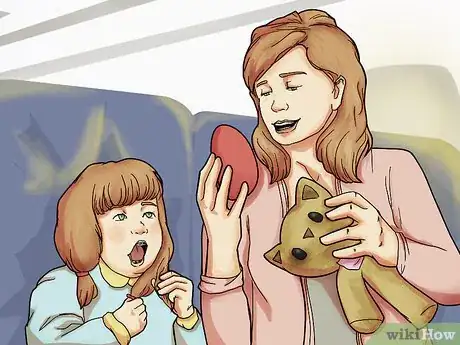










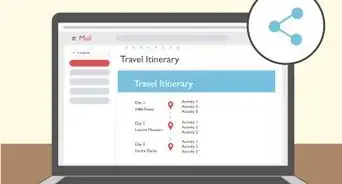







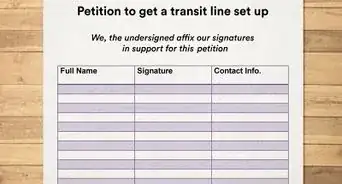
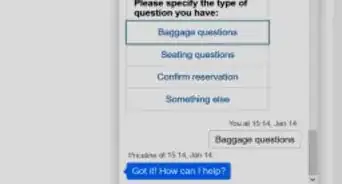









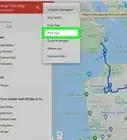





































Medical Disclaimer
The content of this article is not intended to be a substitute for professional medical advice, examination, diagnosis, or treatment. You should always contact your doctor or other qualified healthcare professional before starting, changing, or stopping any kind of health treatment.
Read More...